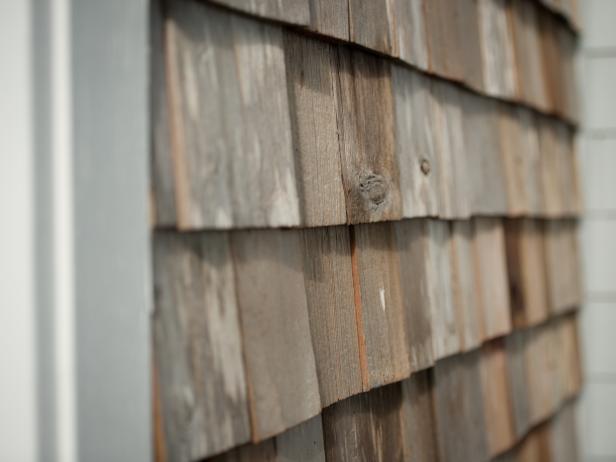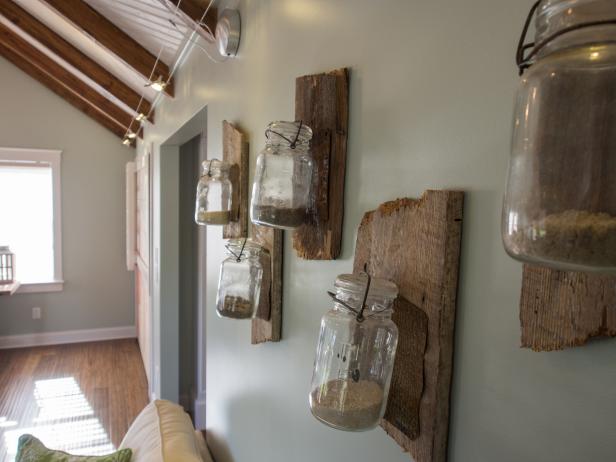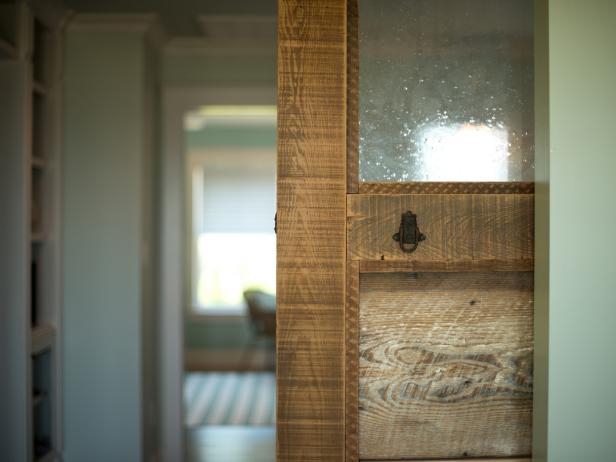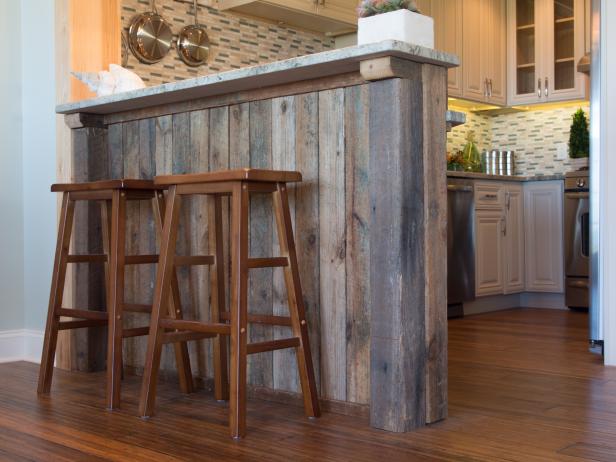![]()
Whenever reclaimed wood is cut down or sanded, the original weathered look is taken away in the process. To get that charm back, you can age the wood in one of several different ways. This also works on brand new lumber that you want to appear older than it really is. Here are 5 ways to age wood for a weathered look!
To replicate knicks, scratches, and normal wear-and-tear, mechanical distressing is entirely possible and will achieve the old look you want. Use an old framing blade to create a rough-sawn look on the surface of the wood.
For a circular sawn look, a wire brush on a drill will add circular marks on the wood surface.
To replicate the look of insect damage to new wood, try randomly striking the wood surface with an awl. You can also use a 1/16th drill bit. Before trying this, study a piece of old insect-damaged wood to see what sort of patterns it has.
Another way to replicate damaged, weathered wood is to strike the wood surface with a heavy metal chain. It’s a good idea to use a test piece for practice, and study old wood for patterns in the nicks and scratches on the wood.
Chemical weathering is the process of changing the color and patina of the wood to mimic the natural changes caused by age and weather. You can achieve the look of weathered, gray wood with vinegar and steel wool. Pour white vinegar into a spray bottle and add a piece of steel wool. Let the steel wool soak in the vinegar for 3 or 4 hours, and better yet, let it sit in the sun while it soaks. After the soaking time, use this mixture to age wood. Just spray it on the wood and let it dry. Note that the aging process from the chemical reaction will continue for some time after the wood dries.





Leave a Reply